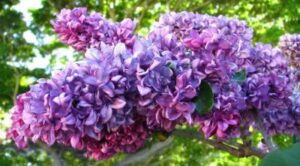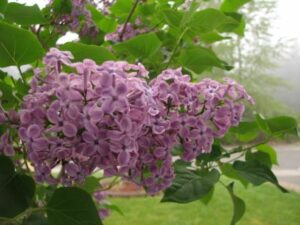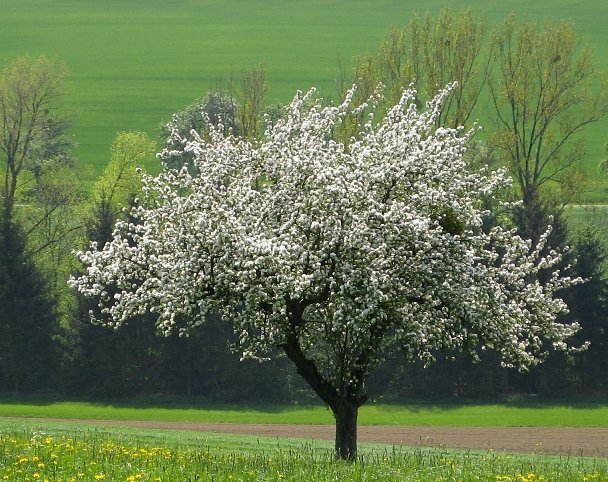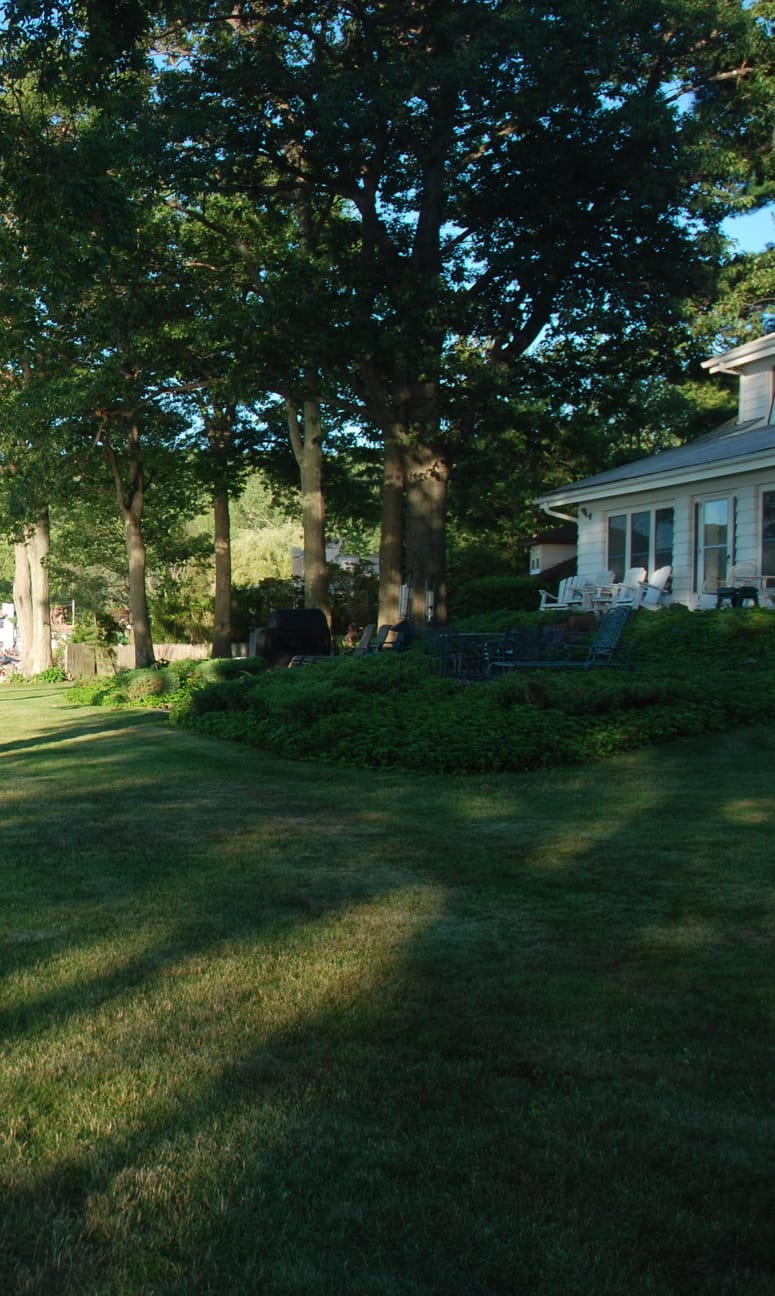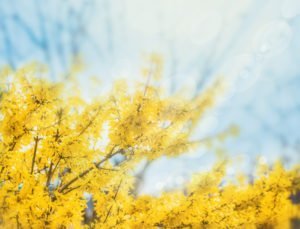June Garden Tips for S.E. Wisconsin
Lilacs! The Fragrance, the Beauty!
Their pastel blooms last only a few fleeting weeks each year. But when you bury your face in a sweet-smelling bunch … bliss. The smell of springtime could hardly be lovelier—or easier to grow.
Plan Plant lilacs during spring or fall in a sunny, open spot that drains well. Good airflow around the plants helps prevent mildew and blight.
Dig Each lilac plant needs a hole as deep as its container and a foot wider. Space plants 10–15 feet apart (or 6 feet when planting a hedge).
Feed Mix a dose of rose food or slow-release, low-nitrogen fertilizer into the soil. Set the plant in the hole, fill halfway with enriched soil, then water. Repeat.
Protect Spread a mulch layer a few inches thick around the plant. Water the first year based on soil type and rainfall. After that, they should be fine on their own.
Play dress-up After the spring show, lilacs can look, well, pretty nondescript. Plant a summer-flowering vine such as clematis nearby to climb the shrub and add color.
Give it space Avoid mowing right up to the plant’s base—it compacts the soil, which lilacs dislike. Instead, throw down some mulch and let the bloomer breathe.
If you have any questions, concerns, or “just don’t know”, we are here to help! Stop in and we will do our very best to give you answers! Also, be sure to check back for our Monthly Tips, Weekly Spotlight Plant, and soon to be available “How To” videos to help you LOVE YOUR LANDSCAPE!!!!
Visit the Heritage Hill Nursery and garden center now! We are conveniently located, close to Cedarburg, Jackson, West Bend, Slinger, WI.

